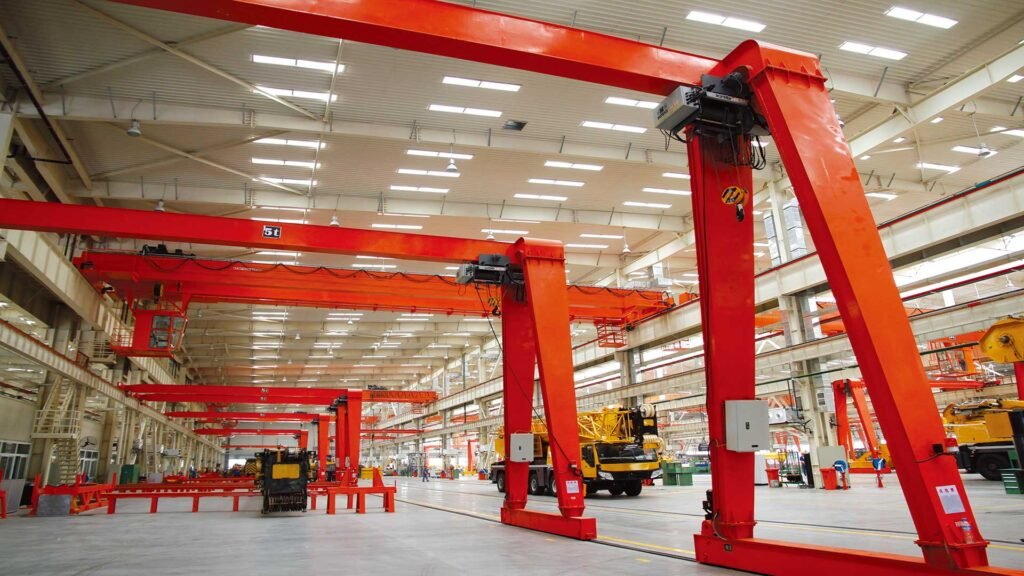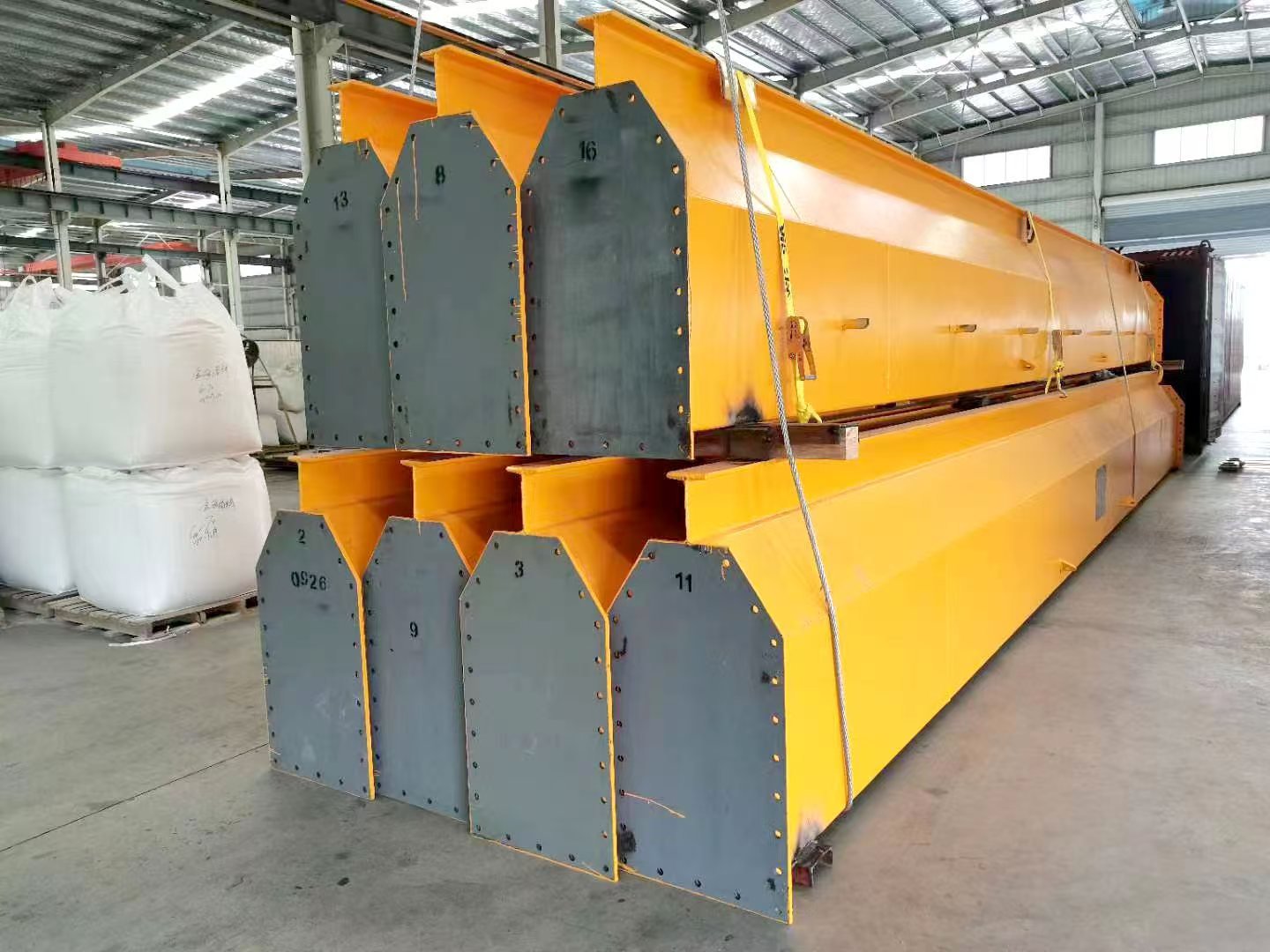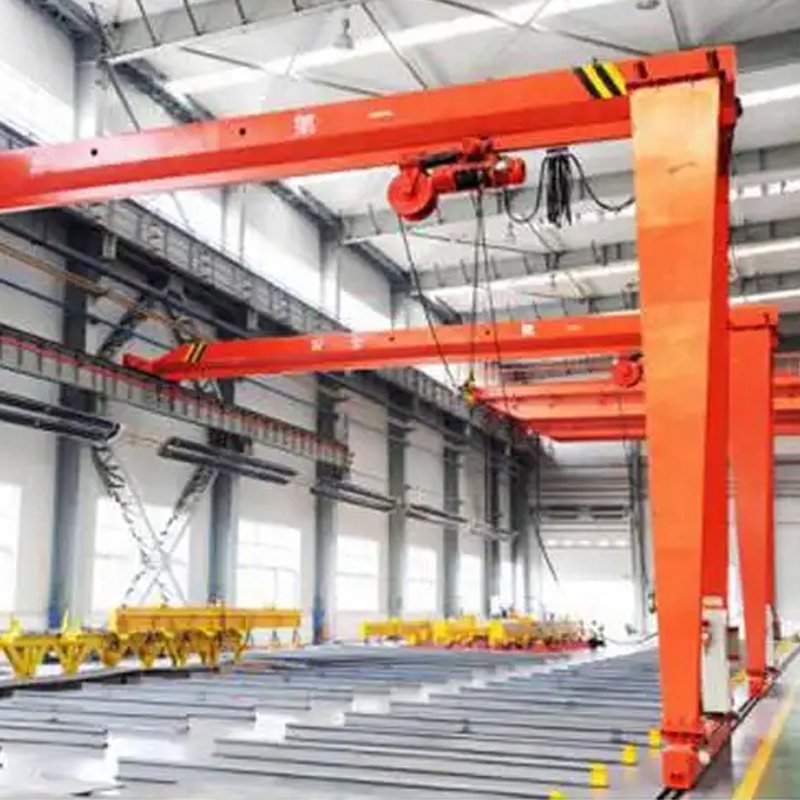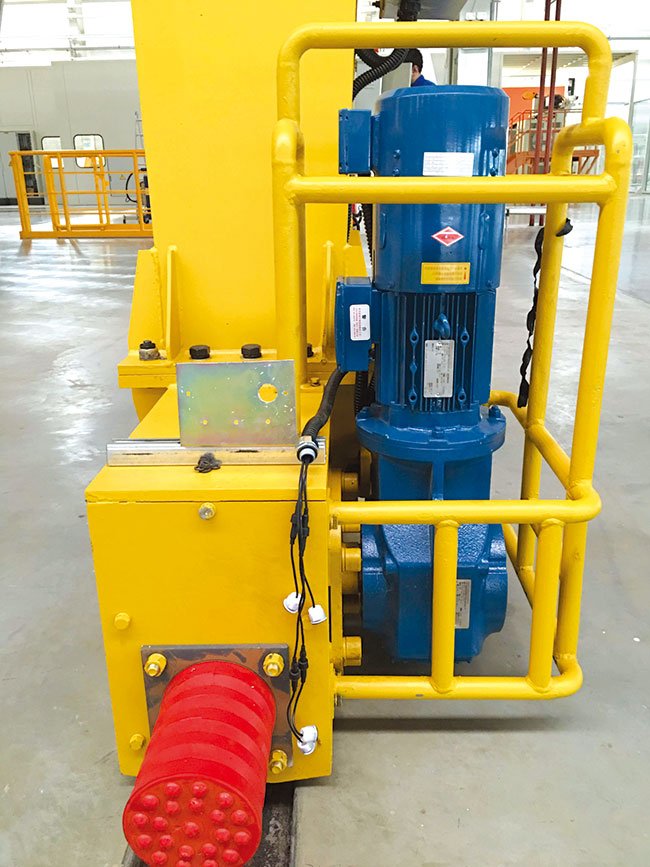When it comes to maintaining a safe and efficient workplace, one of the most crucial components is the overhead crane inspection. Overhead cranes are essential in many industries, such as manufacturing, construction, and logistics. They allow for the movement of heavy materials, but when not properly maintained, they pose serious safety risks. In this article, we will discuss why regular overhead crane inspection is crucial for your business, how it can improve safety, prevent downtime, and extend the lifespan of your equipment.
Enhancing Safety Through Regular Inspections
The primary reason for conducting overhead crane inspection is to ensure safety. Cranes are powerful machines, and any malfunction can lead to accidents, injuries, or even fatalities. Regular inspections help identify potential hazards before they become critical problems.
- Identifying Wear and Tear
Over time, parts of the crane such as cables, hooks, and hoisting motors experience wear and tear. A timely inspection ensures these components are in good condition and capable of handling the loads they are meant to lift.
- Preventing Mechanical Failures
Mechanical failures can happen suddenly if components like brakes or gears are not inspected regularly. Through overhead crane inspection, these parts can be checked for signs of wear or malfunction, preventing unexpected breakdowns during operation.
- Compliance with Safety Standards
Regular inspections help businesses stay compliant with OSHA (Occupational Safety and Health Administration) standards. Compliance with safety regulations not only prevents accidents but also ensures your business avoids hefty fines.
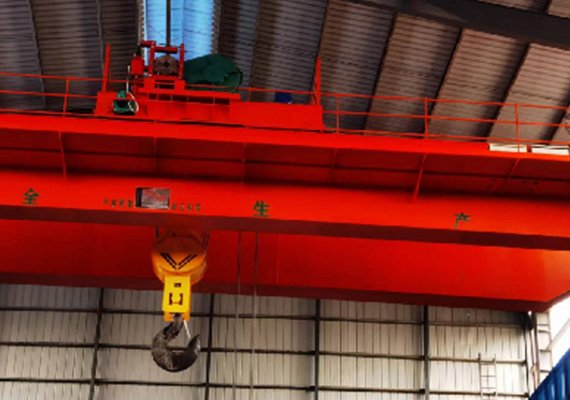
Reducing Downtime and Repair Costs
Another significant benefit of conducting overhead crane inspection is the reduction of downtime and repair costs. By regularly inspecting the crane, you can identify and address small issues before they escalate into costly repairs or complete equipment failure.
- Early Detection of Problems
Routine inspections allow for early detection of problems, meaning you can fix them before they become more significant. A minor issue, such as a misaligned hook or damaged cable, can be repaired at a low cost, whereas neglecting these issues can lead to major repairs that are much more expensive.
- Maximizing Operational Efficiency
By maintaining your crane through regular inspections, you ensure that it is always ready for operation. This minimizes downtime and maximizes productivity. Cranes that are regularly inspected and well-maintained are less likely to malfunction, allowing your operations to run smoothly and efficiently.
Extending the Lifespan of Your Equipment
An overhead crane inspection does more than just ensure safety and reduce downtime; it also extends the life of your crane. Cranes are a significant investment, and proper care will protect that investment over time.
- Preventing Premature Wear
Regular checks of key components like the drive wheel, hoisting motor, and hook assembly help prevent excessive wear. Replacing parts as needed ensures the crane continues to operate at peak performance, avoiding costly early replacements.
- Protecting Against Corrosion
Cranes often operate in challenging environments, such as outdoor construction sites or factories with high humidity. Over time, exposure to moisture and chemicals can lead to rust and corrosion. Overhead crane inspection ensures that these factors are monitored, and protective measures such as coating or sealing are applied as necessary.
- Improving Overall Durability
A well-maintained crane can last many years. Inspections help address any minor issues before they affect the crane’s structural integrity, ultimately contributing to its long-term durability.
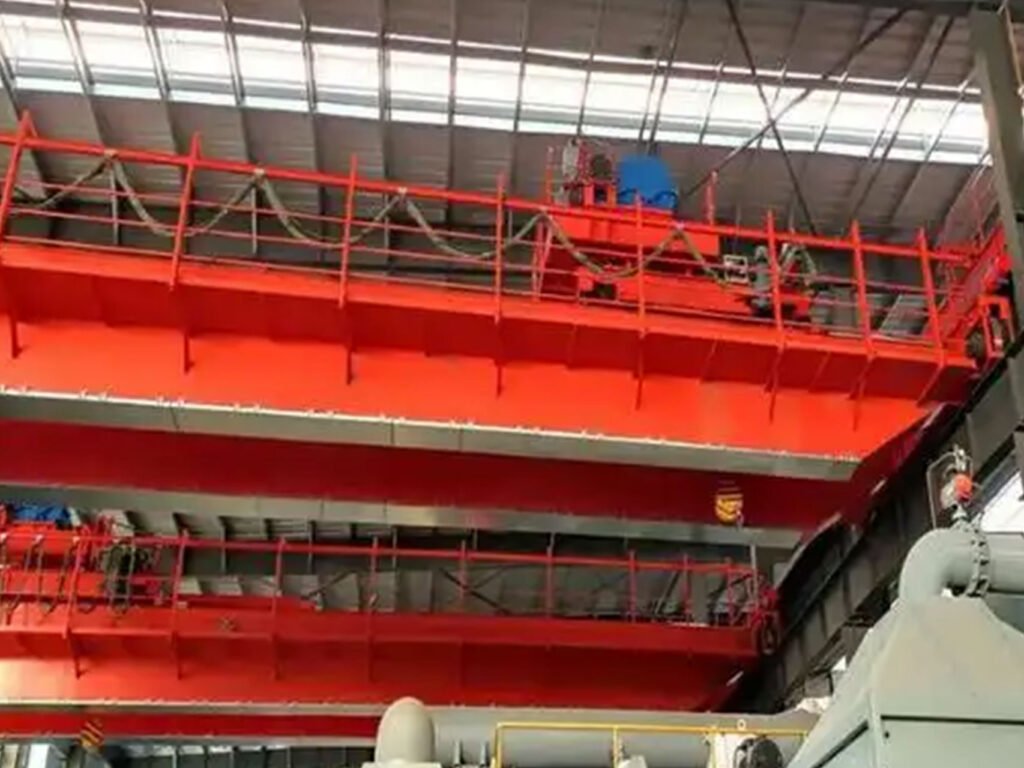
Optimizing Crane Performance
Another essential reason why overhead crane inspection is vital is that it directly affects the crane’s performance. A crane that is regularly checked and maintained operates more efficiently, with fewer disruptions.
- Ensuring Accurate Lifting
The precision of your crane is essential for both safety and efficiency. During inspections, checks are made to ensure that the lifting mechanism operates as intended. This includes checking load sensors, hoist motors, and limit switches to confirm that the crane can safely and accurately move loads without error.
- Reducing Energy Consumption
A crane that operates inefficiently can lead to higher energy consumption. Regular maintenance and inspection can identify issues like excessive friction in gears or worn-out bearings that cause unnecessary energy consumption. By addressing these issues, you can lower operational costs and reduce your environmental footprint.
Avoiding Costly Legal and Financial Implications
Neglecting to conduct proper overhead crane inspection can have significant legal and financial consequences for your business.
- Legal Liabilities
If an accident occurs and it’s found that the crane was not regularly inspected or properly maintained, your business may face legal liability. Regular inspections ensure compliance with safety regulations and protect your business from legal actions or fines.
- Financial Losses
An uninspected or poorly maintained crane can result in unexpected failures that halt production, leading to substantial financial losses. By performing regular inspections, you avoid these disruptions and protect your bottom line.

Conclusion
In summary, regular overhead crane inspection is essential for maintaining safety, reducing downtime, and extending the lifespan of your equipment. By investing in timely inspections, you protect your workers, avoid costly repairs, and ensure efficient operations.
For professional overhead crane inspection services, Yonghao Crane Co., Ltd. offers expert solutions tailored to your needs. Contact yonghaoqizhong@163.com today to ensure the safety and performance of your equipment.

